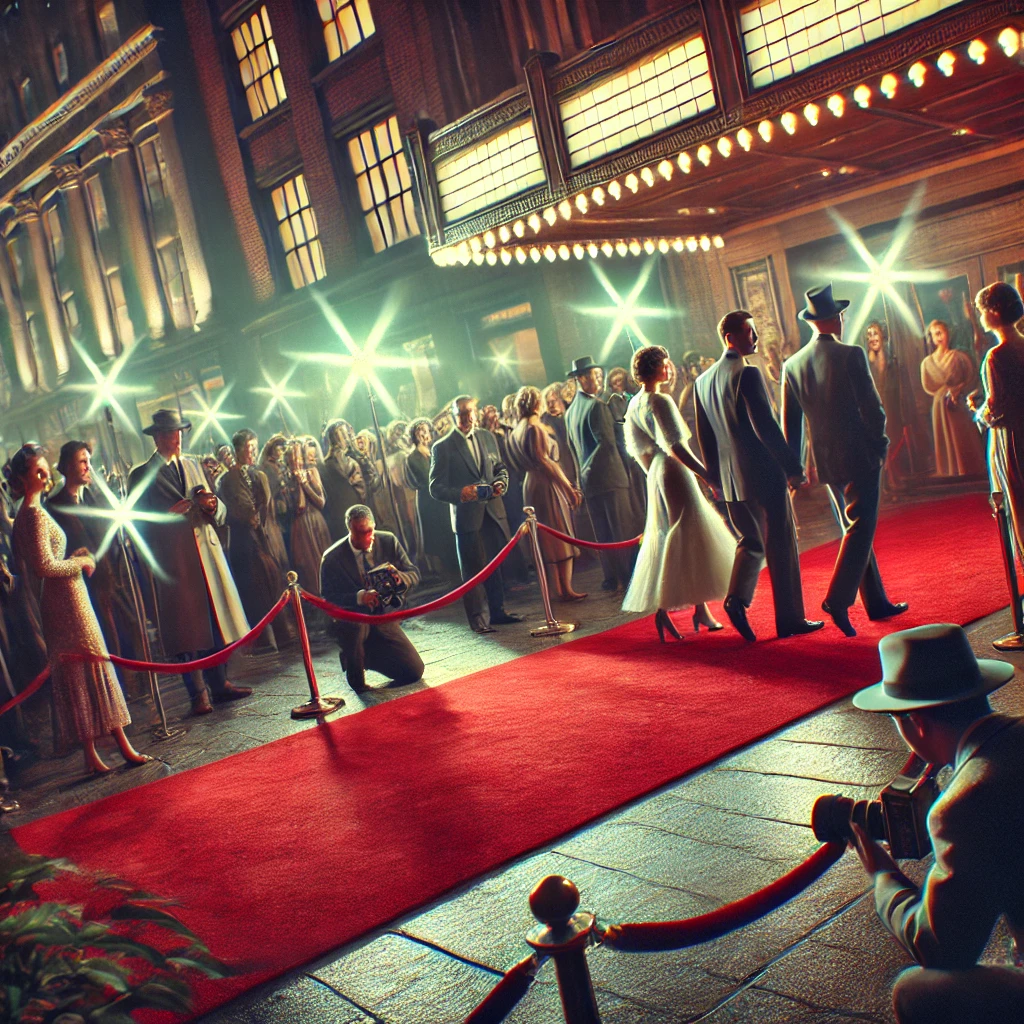On October 5, 1961, the world was introduced to one of the most iconic films in American cinema history with the premiere of Breakfast at Tiffany’s. Directed by Blake Edwards and adapted from Truman Capote’s novella of the same name, the film starred Audrey Hepburn as the enchanting and enigmatic Holly Golightly. Set against the backdrop of New York City, the film not only captivated audiences with its charm and wit but also left a lasting legacy that continues to influence popular culture today.

The Story and Characters
Breakfast at Tiffany’s tells the story of Holly Golightly, a young woman who leads a glamorous lifestyle in Manhattan while trying to find a rich man to marry. She befriends her new neighbor, Paul Varjak, played by George Peppard, a struggling writer who becomes enamored with her carefree spirit and complex personality. The film explores themes of love, identity, and the pursuit of happiness, making it resonate deeply with audiences.
Hepburn’s portrayal of Holly Golightly became a defining role in her career, showcasing her talent for embodying a character who is both whimsical and deeply flawed. The film’s unique blend of romance and comedy, combined with Hepburn’s magnetic performance, made it an instant classic. The dynamic between Holly and Paul not only drives the plot but also reflects the social norms and aspirations of the early 1960s.

A Cultural Phenomenon
Upon its release, Breakfast at Tiffany’s quickly became a cultural phenomenon. The film’s stylish depiction of New York City, along with its memorable scenes, including the iconic opening with Hepburn munching a pastry outside Tiffany & Co., left a lasting impression on popular culture. The film’s themes of aspiration and self-discovery resonated with a generation seeking new definitions of love and success.
The film also introduced the world to the fashionable style of Holly Golightly, particularly her iconic little black dress designed by Hubert de Givenchy. Hepburn’s fashion choices in the film have been celebrated and emulated for decades, solidifying her status as a fashion icon. The film’s aesthetic has influenced countless designers and remains a reference point in fashion discussions.
The Music and Its Legacy
Another noteworthy aspect of Breakfast at Tiffany’s is its memorable soundtrack, which includes the classic song “Moon River,” composed by Henry Mancini with lyrics by Johnny Mercer. Sung by Hepburn in a poignant moment in the film, “Moon River” won an Academy Award for Best Original Song and has since become synonymous with the film itself. The song captures the longing and dreams that characterize Holly’s journey, adding an emotional depth to the narrative.

The enduring appeal of Breakfast at Tiffany’s has led to its continued presence in popular culture. The film has been referenced and parodied in various media, showcasing its impact on generations of filmmakers and audiences. Its influence is evident in everything from fashion to modern romantic comedies, as filmmakers draw inspiration from its themes and aesthetic.
Reflecting Social Changes
Beyond its romantic and comedic elements, Breakfast at Tiffany’s also reflects the evolving societal norms of the early 1960s. The film addresses issues of class and identity, highlighting the struggles of individuals trying to navigate their aspirations in a rapidly changing world. Holly’s character, with her pursuit of wealth and love, serves as a critique of societal expectations and the pursuit of the American Dream.
The premiere of Breakfast at Tiffany’s on October 5, 1961, marked the beginning of a cinematic classic that has endured the test of time. With its unforgettable characters, stylish aesthetics, and poignant themes, the film continues to captivate audiences and inspire new generations. As we celebrate its legacy, we recognize the cultural and social significance of Breakfast at Tiffany’s, a film that forever altered the landscape of romantic comedy and remains an iconic representation of its era.
